Please use this identifier to cite or link to this item:
http://rdcb.cbg.ipn.mx/handle/20.500.12273/729| Title: | Análisis conformacional de la familia de proteínas reguladoras de la apoptosis Bcl-2 |
| Author: | CARO GOMEZ, LUIS ALBERTO |
| Author ID: | 444651 |
| Contributor: | ZAMORANO CARRILLO, ABSALOM |
| Contributor's ID: | 37389 |
| Abstract: | All multicellular organisms must maintain precise regulation of their cell mass turnover during the entirety of their lifespan to avoid a variety of health disorders such as cancer, autoimmunity, and neurodegenerative dysfunction. Damaged or unwanted cells are eliminated by one of the several cell death types, with apoptosis being the most common process in mammals. This mechanism is triggered by activation of death receptors on the cell surface (extrinsic pathway) or in response to cellular stress involving the mitochondria (intrinsic pathway). The proteins of the Bcl-2 family are considered as the major regulators of apoptosis. The mutual interactions among Bcl-2 family protein members regulate these events. This family is composed of proteins that either impede (anti-apoptotic) or promote (pro-apoptotic) apoptosis, or regulate pro-apoptotic and anti-apoptotic members of the family. Bcl-2 protein is the archetypical member of the anti-apoptotic family, acts as the primary gatekeeper of the external mitochondrial membrane, supervising the release of cytochrome c from this organelle to the cytosol during apoptosis. Another anti-apoptotic member of the Bcl-2 family is Bcl-2A1, also known as A1/Bfl-1, expressed in several hematopoietic cell lineages, including T-helper lymphocytes, macrophages, and neutrophils. Bcl-2 and Bcl-2A1 have half-lives of 24 h and 30 min, respectively. Thus, Bcl-2 and Bcl-2A1 are fundamental regulators of programmed cell death. Both proteins are members of the Bcl-2 family that share a similar scaffold formed by four BH domains (BH1-BH4) and additionally at the C- terminus they have a transmembrane domain (TM). The main difference is that Bcl-2 contains an intrinsically disordered region (IDR) identified in this work as the flexible loop domain (FLD) while Bcl-2A1 lacks this domain (has instead a short loop). These regions connect α1 and α2 helices in each protein. In this study, we are interested in investigating the contributions of FLD and TM domains (individually and collectively) to the structural stability, conformational dynamics, and function of Bcl-2 family proteins. We examined the conformational spaces of Bcl-2, Bcl-2A1, and two artificial constructs lacking the TM (Bcl-2ΔTM and Bcl-2A1ΔTM) using molecular dynamics simulations (MD) at different temperatures (310, 400, and 500 K). The most important results of the MD simulations were that both TM and FLD showed a tendency to approach the core when they are present in the protein. These conformational changes block the access to the binding groove formed by BH1, BH2, and BH3 domains, thus impeding the interaction with other members of the family. These results suggest that FLD and TM have an essential contribution to the regulation of Bcl-2 function by hindering ligand access to the binding groove. Also, we identified and located regions rich in proline, glutamic acid, serine and threonine (PEST sites) within the FLD and short loop. These sites are susceptible to protein degradation either through μ-Calpain cleavage or ubiquitination-triggered protein degradation, thus governing the half-life of the proteins. The conformational changes shown by FLD were: to fold on itself and to approach the central core; thus, some of these PEST sites become less accessible to proteases. On the contrary, the short loop of Bcl-2A1 did not show conformational changes, therefore not hiding any of the potential PEST sites. We believe that this might explain the differences of the half-life reported for these proteins. In summary, both TM and FLD showed a tendency to approach the core when they are present in the protein. These events might promote stabilization and compaction of Bcl-2, maintaining the overall structure through the formation of new interactions. This information contributes to the understanding of the regulation of apoptosis by these structural elements. |
| Issue Date: | 17-Dec-2019 |
| License: | http://creativecommons.org/licenses/by/4.0 |
| URI: | http://rdcb.cbg.ipn.mx/handle/20.500.12273/729 |
| Language: | spa |
| Appears in Collections: | Tesis |
Files in This Item:
| File | Description | Size | Format | |
|---|---|---|---|---|
| Tesis Luis_Alberto Caro CVU 444651_2019.pdf | Tesis | 309.66 kB | Adobe PDF | View/Open |
Items in RI-CBGIPN are protected by copyright, with all rights reserved, unless otherwise indicated.
